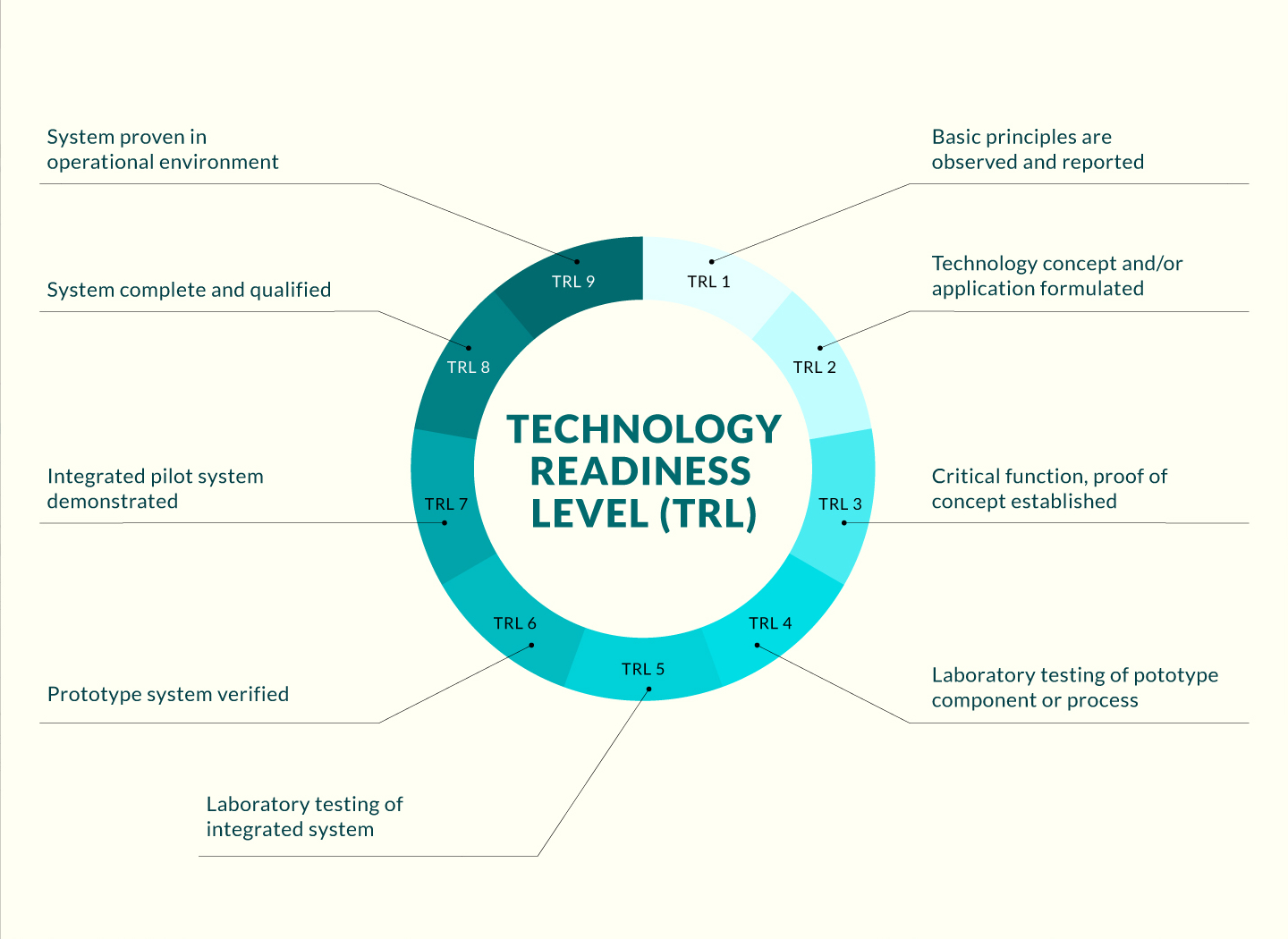


Opportunity
Since the Wright brothers made the first successful flight over 100 years ago, aircraft failures keep happening and have caused hundreds of thousands of deaths. To ensure safety, the aviation industry imposes stringent standards and implements frequent scheduling inspections, especially for the maintenance of engines. However, incumbent technologies do not completely eliminate aircraft crashes. Jet engines, as the heart of aircrafts, are not closely monitored in real time and failures are occasionally undetectable and invisible in the traditional inspection.
Technology
Our research lab developed a novel micro energy technology – rotational energy harvester for achieving self-powered and wireless monitoring of jet engines. Featuring maintenance-free power supply and wireless communication, the new sensor architecture breaks the limitations of inaccessible locations in jet engines and solve problems of the wire connections and battery replacement. The key technology is the developed nonlinear piezoelectric energy harvester that can efficiently scavenge mechanical energy from the engine rotation motions and convert it to electrical energy with minimal effect on engine normal operations.
Advantages
- A brand-new sensor architecture, integrating the energy harvesting technology with wireless sensors to achieve real-time and self-powered jet engine monitoring
- A new high-performance rotational energy harvester that shows a maximum power density (220.92 mW/cm3) and efficiency (36.43%), and is capable of powering 112 LEDs simultaneously where the performance is over one order of magnitude higher than the state of the art.
- Successful demonstration of a self-powered wireless sensor system in the jet engine for the first time.
Applications
- Apparatus and systems that are not convenient to obtain electric power for monitoring but able to harvest energy by any mechanical self-motion are potential applications. They include:
- Rotary or vibratory machines and systems such as jet engines, motors, wind turbines, steam engines;
- Structure health monitoring/ control such as buildings, bridges and infrastructures.
- Wearable devices and intelligent vehicles, etc.




